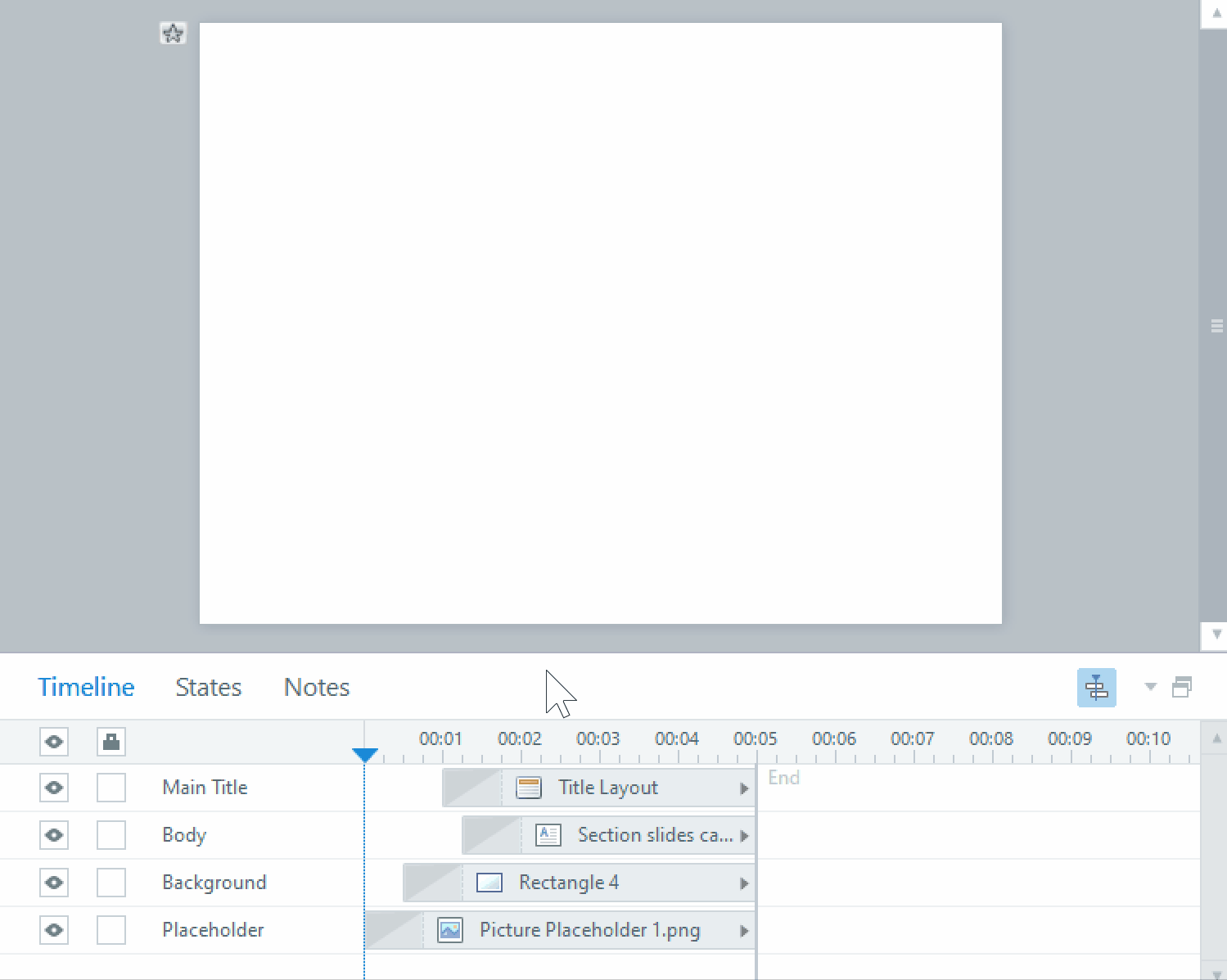Creating effective tests as part of your eLearning course

Every trainer who has ever facilitated a course has been there. You spend several minutes explaining a specific process to a room full of students and pause to ask the class if there are any questions before you continue on. You then stand and wait in anticipation, knowing by the looks on some of the faces that there are definitely a few questions, but regardless the room remains silent. This is a critical point in training as a good facilitator, recognising there are gaps in the student’s understanding of the topic, should be prepared to offer a few follow-up questions to the group as a means to gauge the overall level of comprehension before feeing comfortable to move on. This begs the question, “What can be done to truly gauge an individual’s level of understanding when they are completing a self- paced eLearning course, minus an available trainer nearby”?
Writing and creating effective tests for understanding is a crucial component of developing a good eLearning program, and sadly however something that is often overlooked. Think about it for a moment…. how many times have you ever reviewed an eLearning course by skimming through the material, not really reading all of the content, muting the audio portions at times and despite all that, still aced the quiz at the end? Assuming most of us do not possess an eidetic memory or the ability to grasp and understand with a simple glance, circumstances such as this are often due to the fact the test was a poor reflection of the learning objectives. These situations are made worse when you consider the fact that while a printed certificate tacked to the side of a desk may proclaim successful completion of a program, the learner is often no better off and in fact often annoyed at the perceived waste of time it took to complete the program.
At this point it is important to note I am not suggesting a well written test is the magic elixir that will determine with certainty if a person will both remember and retain the information intended…but it will most definitely give you a pretty good idea. Please note as well this discussion is more geared towards writing test questions with the topic of creating unique methods of testing to follow in a later publication. With that said, here are a few simple strategies I use when developing test questions for an eLearning course.
Test to the objectives! This can not be stated clearly enough. Depending on the nature of the material, at a minimum there should be 3-5 questions that specifically test the understanding of a specific learning objective.
Be brief and clear on what you are asking. Questions that run on to long will often confuse the learner or may result in them missing what is being asked in the first place. Keep the question simple and to the point.
Avoid ambiguous questions. There should only be one correct answer as opposed to one answer that is “more correct” than another. Student’s can at times get hung up on why a specific answer they have selected is wrong which in turn can detract from the material. A simple way to avoid this is to ensure your question has one, and only one answer based on the provided materials.
Limit multiple choice possible responses. If you are developing a multiple choice test, limit the possible answers to a maximum of four choices and avoid using “all of the above” or “none of the above” as a possible answer. Also try and avoid using combinations for a correct answer, such as A and C, B and D, etc.… Multiple choice questions that use various combinations as possible answers are often seen as confusing which may frustrate the learner. Keep the options straight forward and clear.
Test your test. Before publishing a course have a few co-workers, peers, etc. take the quizzes and exams that are part of your eLearning. This will not only be a good way to determine if the questions are clearly understood, but also help to determine if the test itself is behaving as you planned, answers are being scored correctly and so on. It is extremely frustrating to spend hours taking an eLearning course only to discover you will have to do it again as the exam you just passed did not mark your results accurately.
There are I am sure other strategies that experienced developers use when creating an effective test as part of their eLearning course, especially for programs that are more technical in nature. With that said and by using the tips mentioned above, a developer will be well on their way to creating something great
















